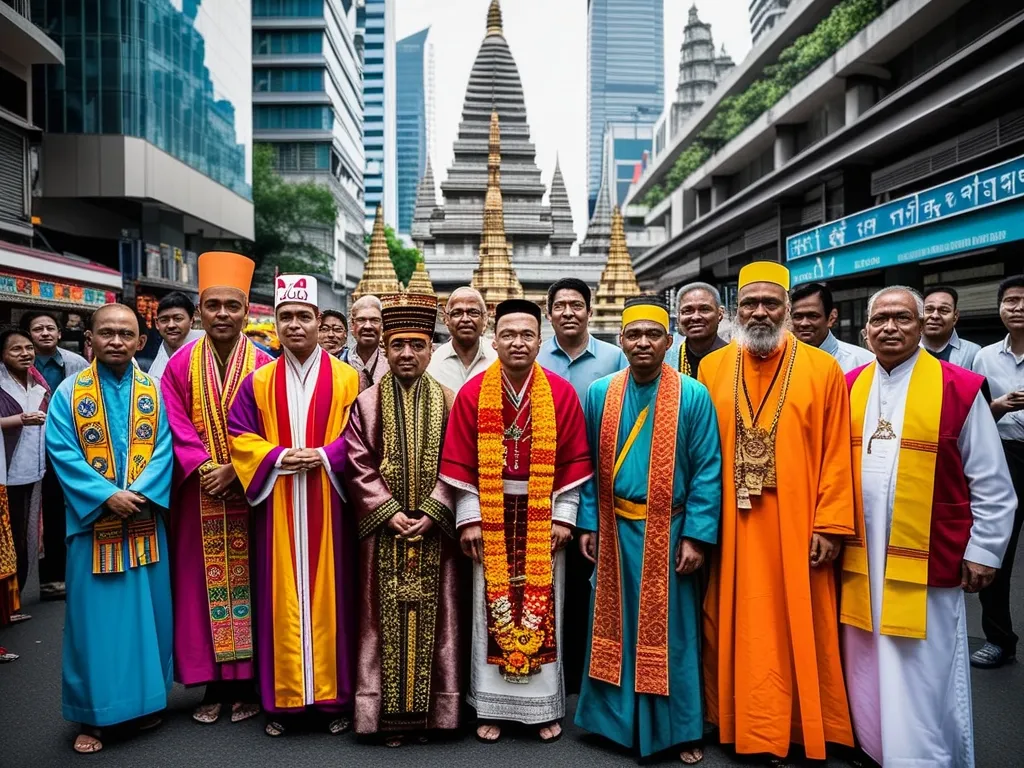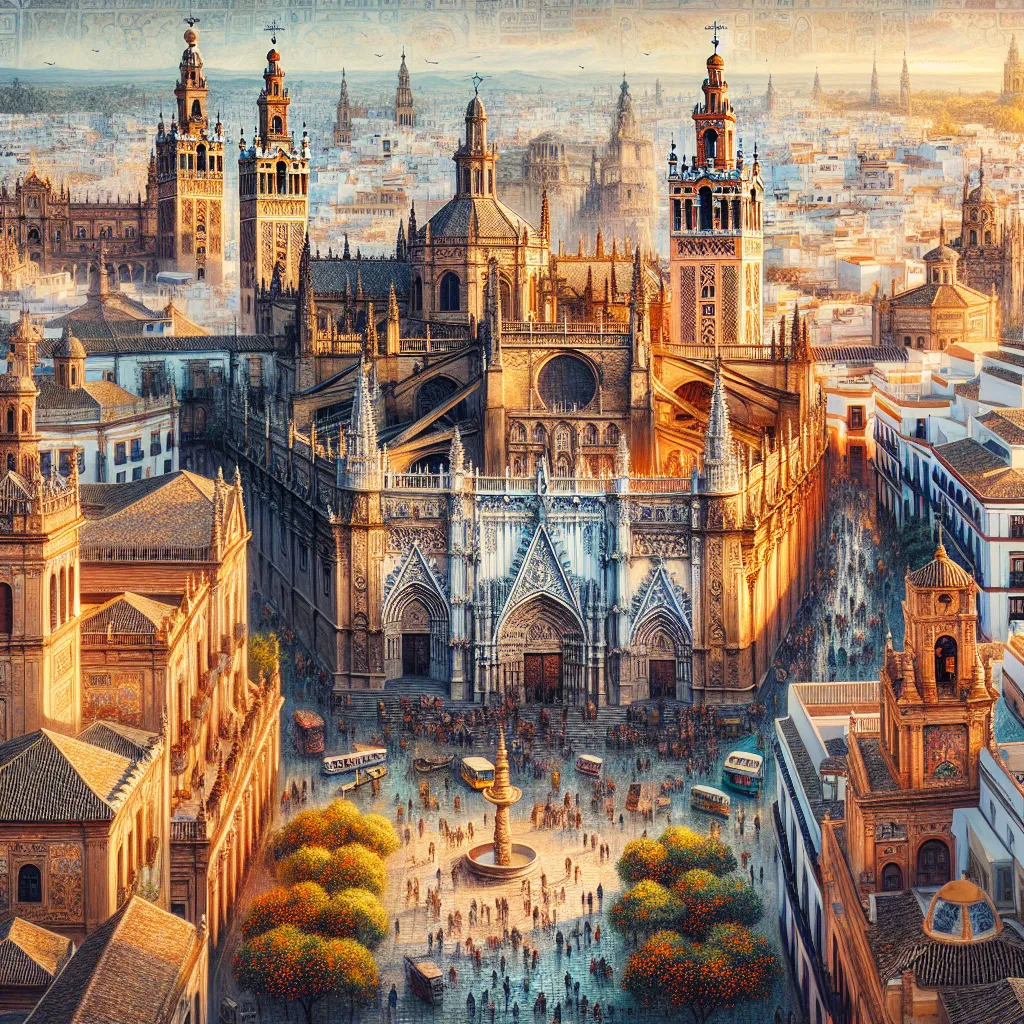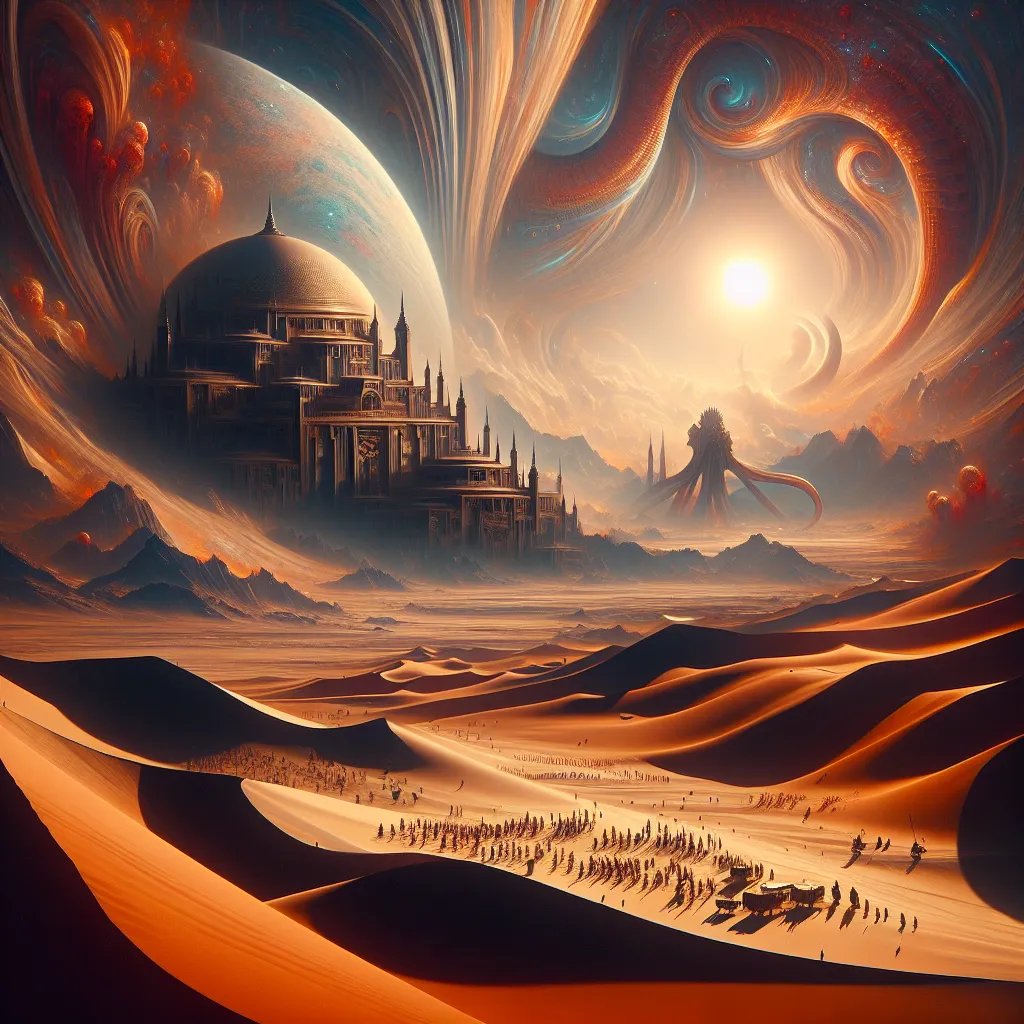As I delve into the intricate relationship between faith and fashion, I am struck by the profound impact that religious beliefs and practices have on global fashion trends. This intersection is not just about superficial aesthetics; it is a deeply personal and cultural expression that reflects the identities and values of individuals and communities worldwide.
The Historical Context
Fashion and religion have been intertwined for centuries. In the past, religious attire was often a reflection of one’s faith and social status. For instance, the elaborate robes and ornate accessories worn by clergy and nobility were not just functional but also symbolic of their spiritual and worldly power. This historical context sets the stage for the modern-day fusion of faith and fashion.
Religious Symbols in Fashion
One of the most visible ways religion influences fashion is through the use of religious symbols. Designers like Versace and Alexander McQueen have famously incorporated Christian iconography into their designs. Versace’s Fall 1997 couture show featured models adorned with gold crucifixes, while Alexander McQueen sent models down the runway wearing a solid silver crown of thorns. These designs not only make a bold fashion statement but also highlight the enduring influence of religious imagery on fashion.
However, the use of religious symbols can be a double-edged sword. When designers who do not practice the religion they are drawing from make mistakes, it can lead to controversy. For example, Karl Lagerfeld’s decision to adorn haute couture gowns with Quranic scriptures at Chanel’s Spring/Summer 1994 show was met with outrage and apologies. This highlights the delicate balance designers must strike when incorporating religious elements into their work.
Modesty and Fashion
Modesty codes, particularly in Islamic fashion, have become a significant force in the global fashion landscape. The burqini, a swimsuit designed for Muslim women, is a prime example of how fashion can cater to religious requirements while still being stylish and functional. Similarly, the sports hijab, designed by Cindy van den Bremen, allows Muslim women to participate in sports without compromising their faith.
These innovations are not just about practicality; they also represent a cultural shift. Brands like Fear of God, founded by Jerry Lorenzo, integrate Islamic teachings into their designs, emphasizing sustainability and ethical behavior. Each collection is accompanied by a hadith, and the brand’s approach to beauty is rooted in the Quranic concept of husn, or beauty that comes from goodness.
Cultural Identity and Fashion
Fashion is a powerful tool for expressing cultural identity, and religion plays a crucial role in this expression. At Prabal Gurung’s Spring/Summer 2016 show, the runway was opened by 30 monks chanting in traditional robes, followed by models wearing dresses in monk-like burnt oranges, honoring Gurung’s homeland, Nepal. This blend of traditional and modern elements showcases how fashion can bridge cultural and religious divides.
The 2018 Met Gala, themed “Heavenly Bodies: Fashion and the Catholic Imagination,” was another landmark event where fashion and religion converged. Rihanna’s mitre and robe encrusted with pearls and jewels, and Zendaya’s Joan of Arc-inspired metallic gown, were just a few examples of how Catholicism was celebrated for its aesthetic value.
Globalization and Fashion Trends
Globalization has amplified the influence of religion on fashion trends. With the internet and social media, fashion inspirations from around the world are now more accessible than ever. Modest fashion, for instance, has become a global trend, with brands like ASOS Design featuring headscarves and modest outfits in their catalogs.
This globalization also brings about interesting cultural exchanges. Dolce & Gabbana’s use of Byzantine and Venetian mosaics in their 2013 collection, inspired by the Cathedral of Monreale in Sicily, is a testament to how different religious and cultural traditions can inspire fashion.
Personal Expression and Identity
For many, fashion is not just about following trends but about expressing one’s identity and beliefs. When I think about my own wardrobe, I realize that the clothes I choose often reflect my values and cultural background. This personal connection to fashion is what makes the intersection of faith and fashion so compelling.
Designers like Vivienne Tam, who created a Buddha Collection in 1997, show that when done thoughtfully, incorporating religious elements can be both respectful and stylish. Her designs paired Buddha imagery with silhouettes that were in line with the fashion of the time, demonstrating that faith and fashion can coexist harmoniously.
Controversy and Sensitivity
Despite the many successes, the relationship between faith and fashion is not without its challenges. Controversies arise when designers misinterpret or disrespect religious symbols. Jean-Paul Gaultier’s 1993 collection, which used elements of Hasidic Jewish culture, is a case in point. Such blunders underscore the importance of sensitivity and understanding when drawing inspiration from religious traditions.
The Future of Faith in Fashion
As we look to the future, it is clear that the influence of religion on fashion will continue to evolve. With more designers from diverse religious backgrounds entering the industry, we can expect to see more authentic and respectful representations of faith in fashion.
The rise of modest fashion, for example, is not just a trend but a movement that reflects a broader cultural shift. It shows that fashion can be both stylish and respectful of religious values, catering to a wide range of consumers who seek to express their faith through their clothing.
Conclusion
The relationship between faith and fashion is complex and multifaceted. It is a story of cultural exchange, personal expression, and the ongoing quest for identity and meaning. As we navigate this intricate landscape, it becomes clear that the garments we wear are not just pieces of fabric but carriers of our deepest beliefs and values.
In this world where spirituality meets the runway, we find a rich tapestry of stories, each stitch representing a unique blend of faith, culture, and creativity. As we continue to explore and celebrate this intersection, we uncover the hidden threads that bind our clothes to our souls, reminding us that what we wear is often a reflection of who we are and what we believe.






